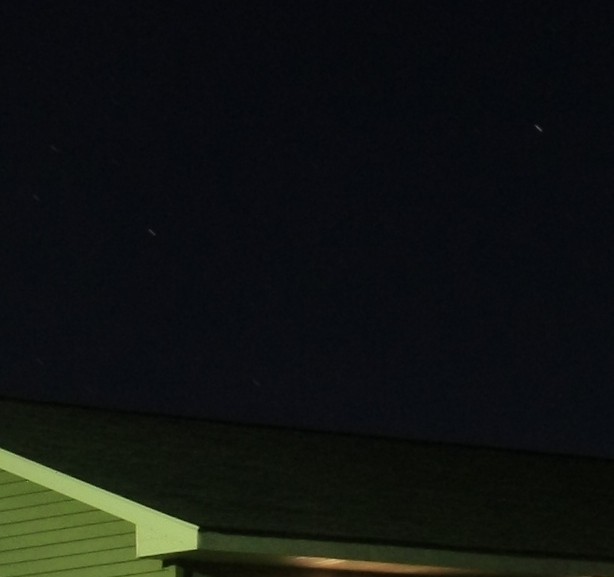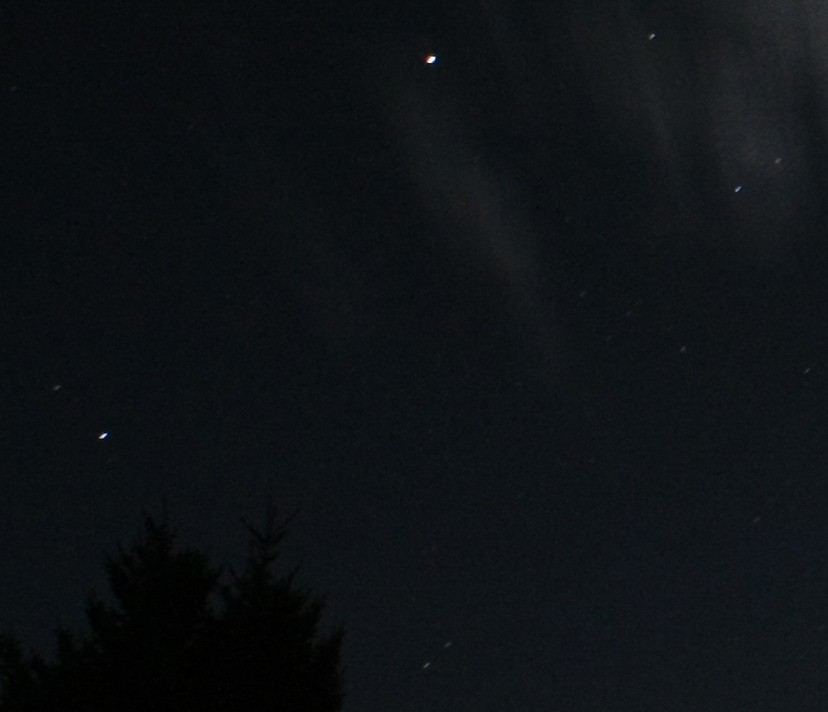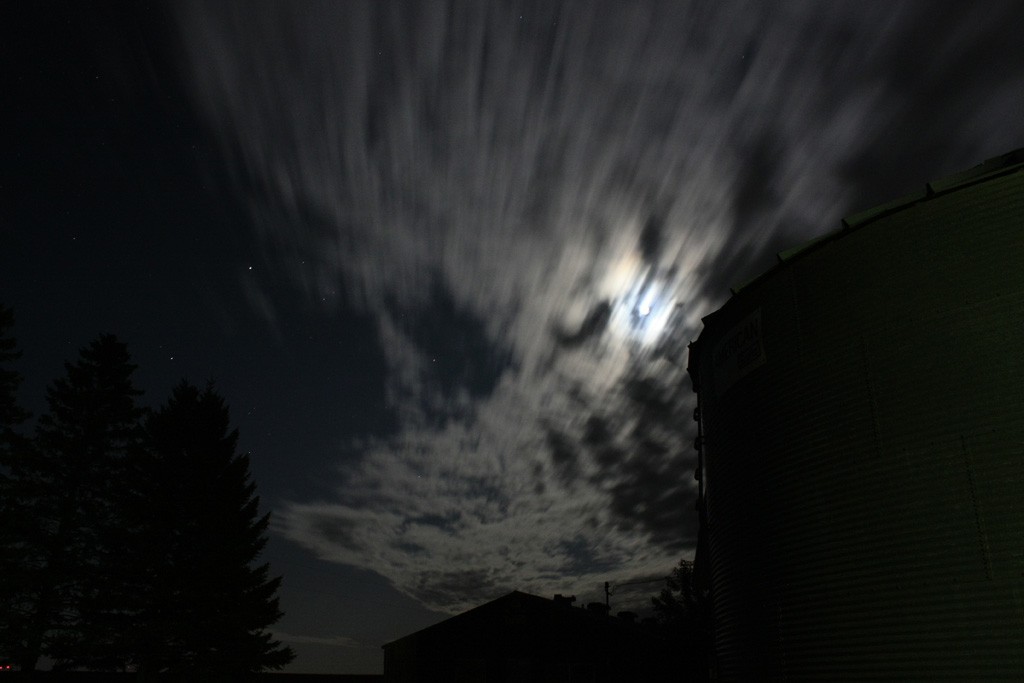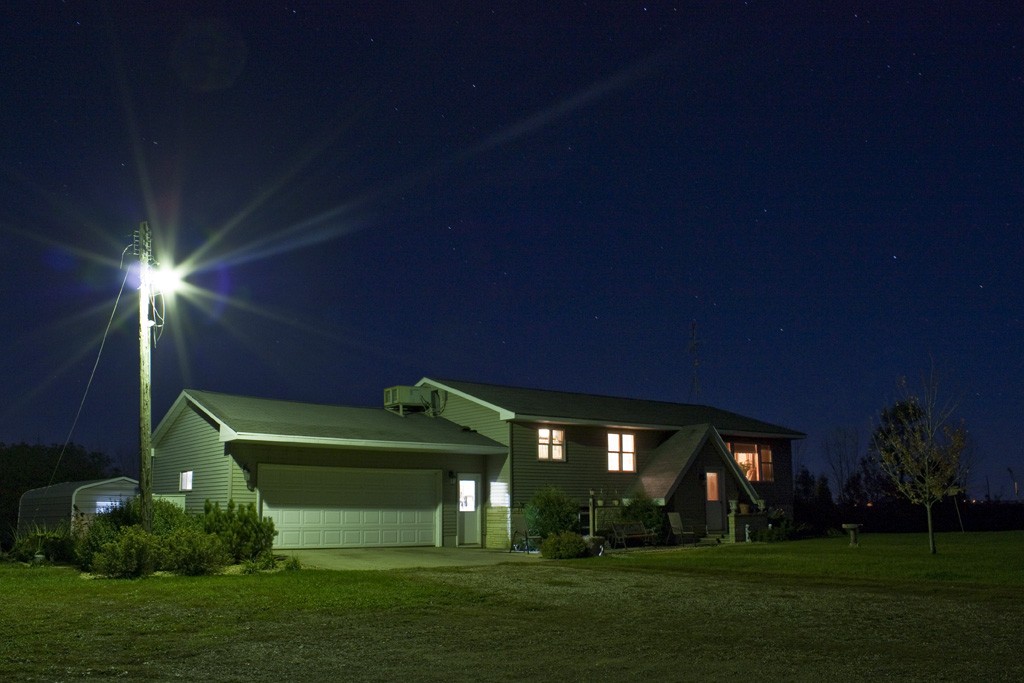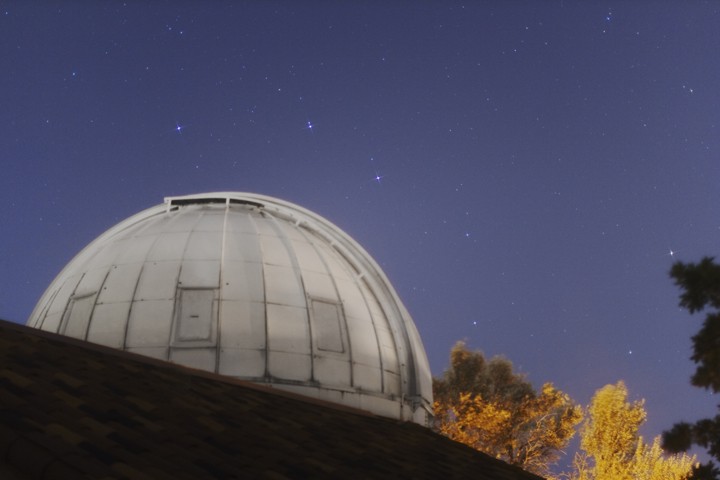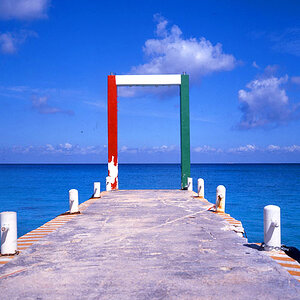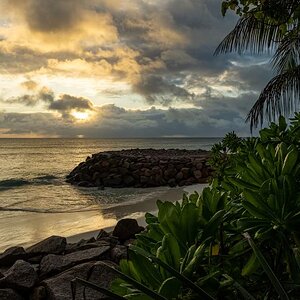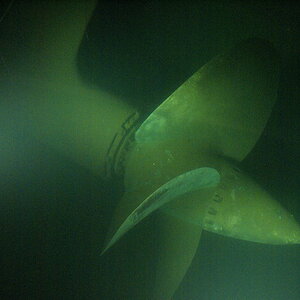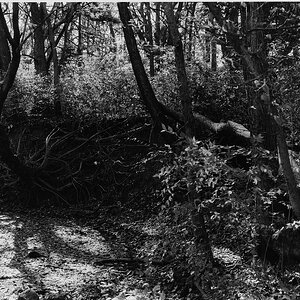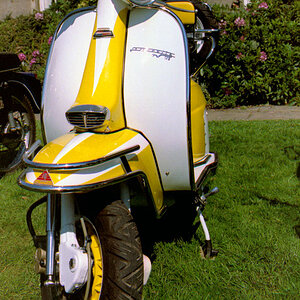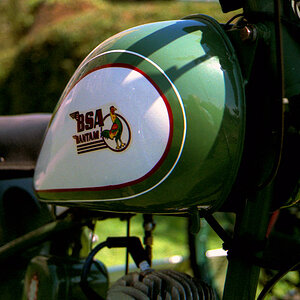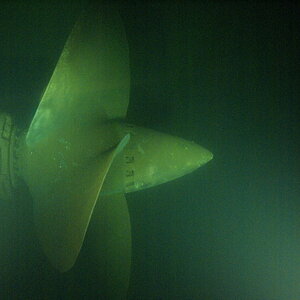battletone
TPF Noob!
- Joined
- Sep 22, 2009
- Messages
- 285
- Reaction score
- 1
- Location
- Somewhere in the lower 48.
- Can others edit my Photos
- Photos NOT OK to edit
Is this right? I have like 5 photos I took at night with my new tripod, and even with a 30 second exposure the stars are motion blurred.
I think they are 2x-3x as long as they are wide.
Really kind of ruins the photos.
I think they are 2x-3x as long as they are wide.
Really kind of ruins the photos.


